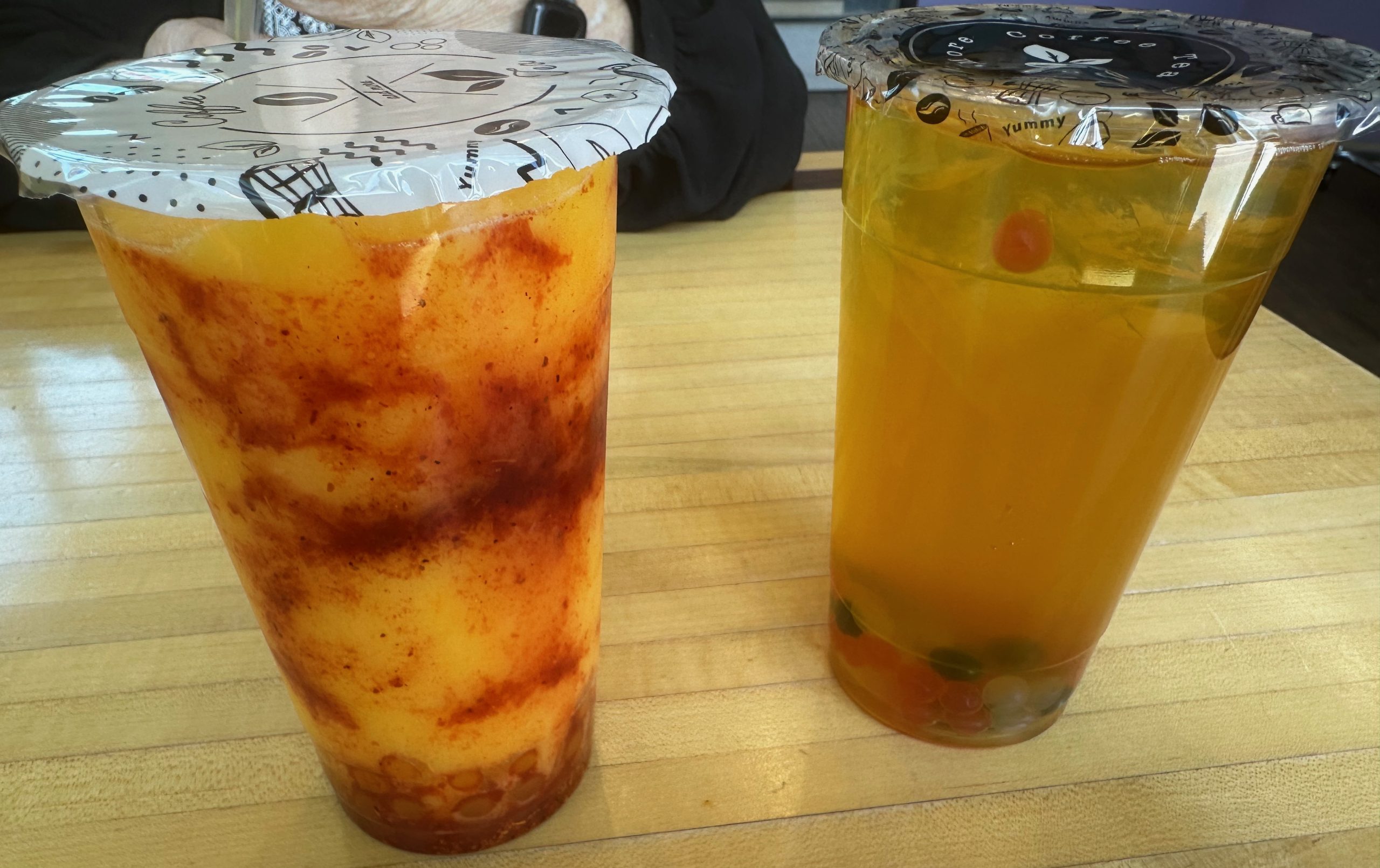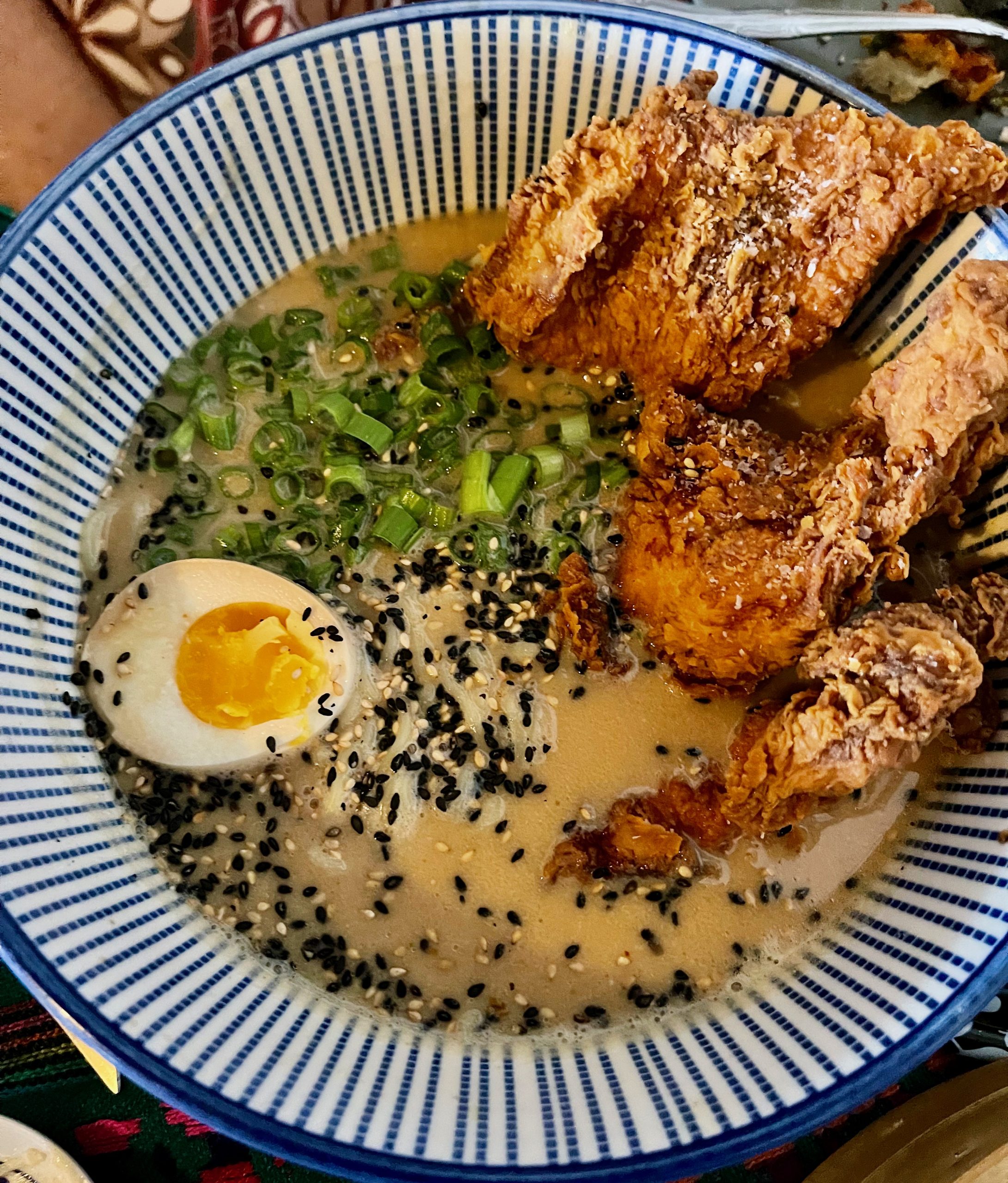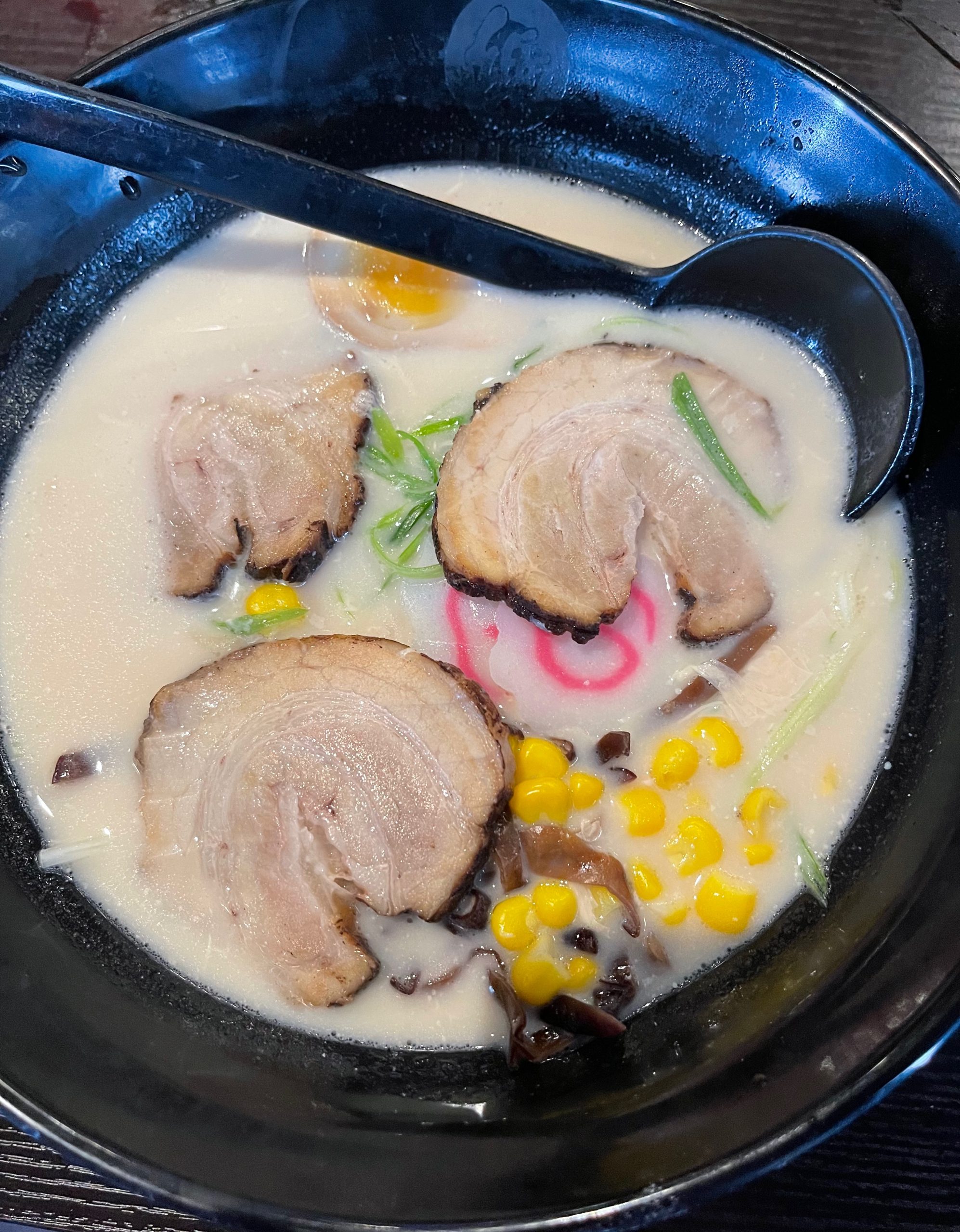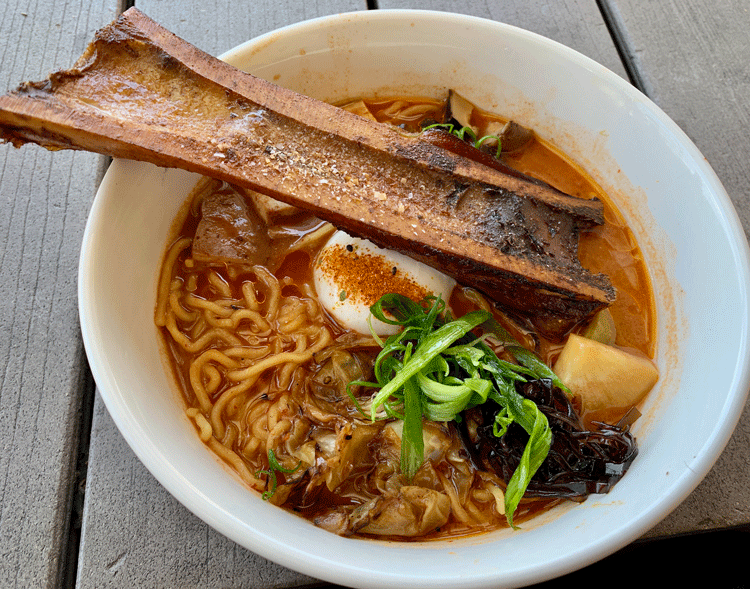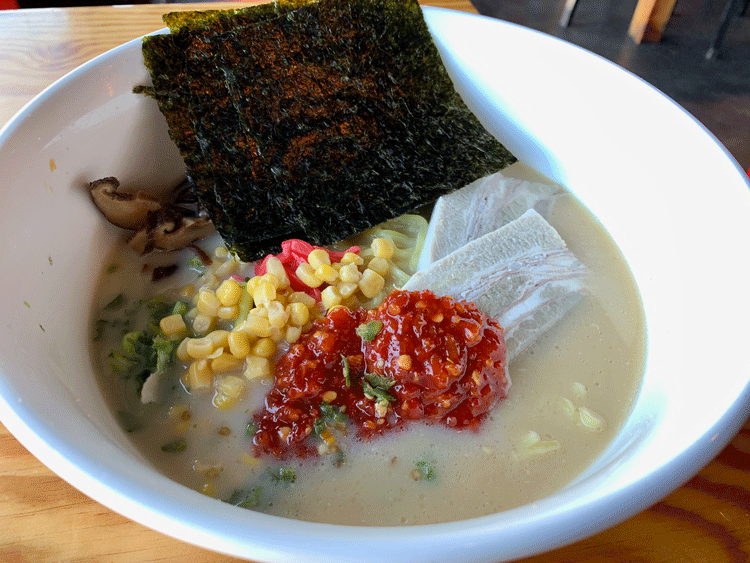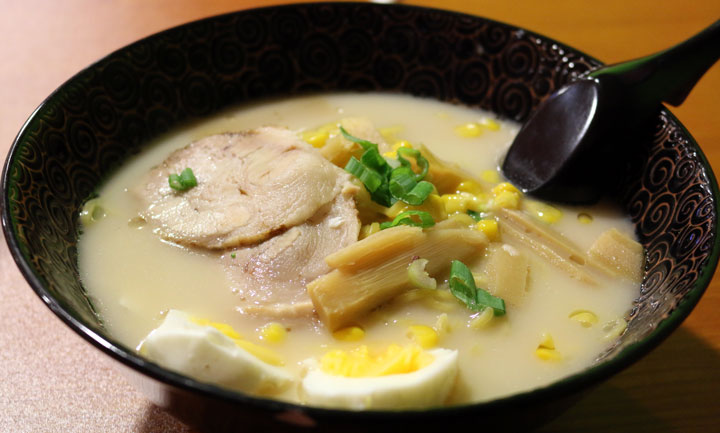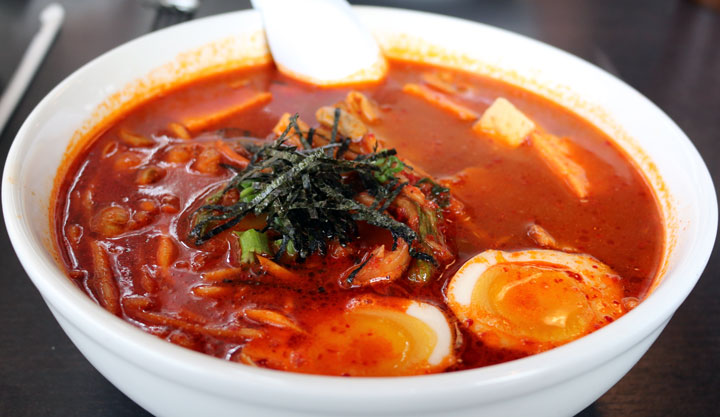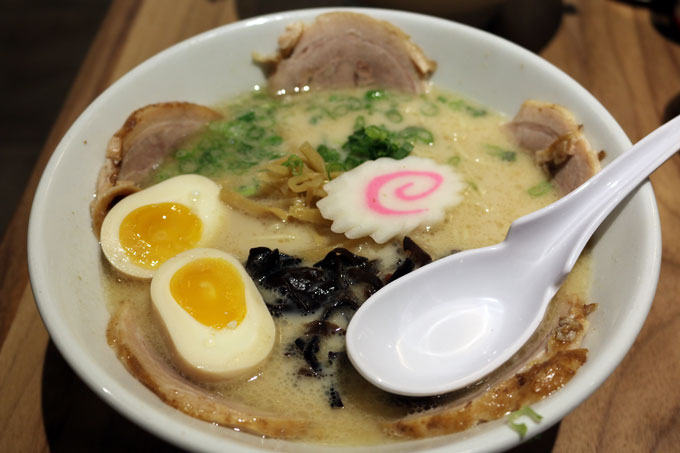Kawaii Boba Cafe – Albuquerque, New Mexico
I have a confession to make. I just don’t get anime…and can’t figure out the pokemon craze. That’s a rather starting admission for an Information Technology (IT) professional to make. Maybe I need help? After all, for your stereotypical male IT professional, anime and pokemon are just steps in the typical progression of IT affectations. They’re the logical graduation that follows a rather unhealthy obsession with Princess Leia and all things Star Wars. Which reminds me, I found Star Wars silly and boring. Since I’m airing dirty laundry, I may as well admit I’d just as soon watch paint dry as play a video game. Any video game. Nor do I ever celebrate Pi day (March 14th) and my…
